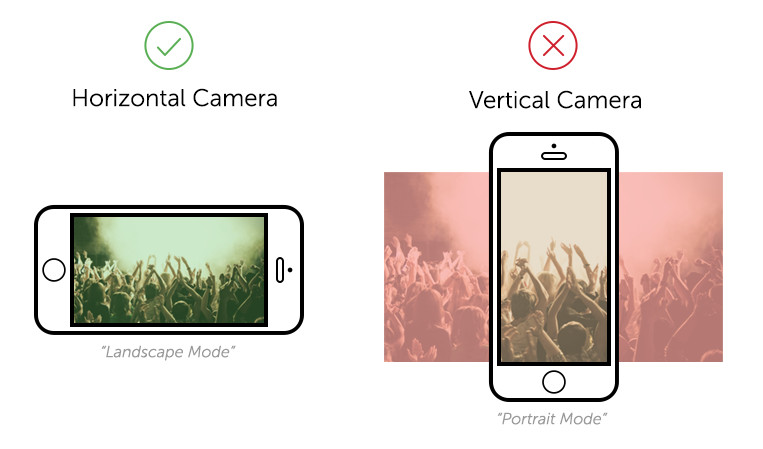

- #Landscape vs portrait size how to#
- #Landscape vs portrait size movie#
- #Landscape vs portrait size full#
#Landscape vs portrait size full#
With the intuitive UI and full support for a wide range of video formats, VideoProc Converter gets popular among users since it was launched. Besides changing video from portrait to landscape view, it empowers users to polish these portrait/landscape videos by cutting, merging, filtering, color grading, etc. VideoProc Converter is an easy and multifunctional video processing tool for editing, format conversion, downloading, and screen recording. Convert Portrait Video to Landscape Using VideoProc Converter Without further ado, let's dive right into these methods. To post our videos to various platforms, we have to convert a portrait video to landscape, or vice versa. While on YouTube, horizontal videos take the major portion. The majority of popular short videos on Instagram and Facebook are shot vertically. The portrait mode always works with objects like people and pets, while landscape photography usually presents natural scenes like mountains, coastline, and skylines, etc. While a landscape video refers to a horizontal view which is regarded as a "long-way" shooting. Portrait VS LandscapeĪ video filmed in a portrait mode is presented vertically and considered as a "tall-way" shooting.
#Landscape vs portrait size movie#
We've rounded up 6 easy ways to convert a video from portrait to landscape using widely concerned tools, including VideoProc Converter, Windows Movie Maker, VLC, iMovie, Adobe Premiere Pro, as well as an online tool.
#Landscape vs portrait size how to#
And that's why we come here to offer detailed instructions of how to convert portrait videos to landscape.

The last chance to modify it lies in the post-editing. For example, you shot beautiful scenery in the portrait mode, but obviously, it is better to present it horizontally. But sometimes you may rush to capture a wonderful moment without plans for videographic composition. The reason is simpler than you might expect: photos shot in landscape orientation are usually easy to crop down to fit a vertical format, but it’s difficult to use a portrait image within a horizontal format.In this day and age, everyone can use smartphones and handy digital cameras to record lives concerning friends, family, and pets anywhere and anytime.

If everyone’s going vertical, submitting photos in portrait orientation might seem like the trendiest choice, right? Not so fast.Įven in 2021, horizontal compositions tend to outperform vertical ones. Video marketing has helped fuel this trend further, and believe it or not, credit card companies have even joined in by issuing new cards with vertical orientations.

With the rise of high-quality camera phones and social media platforms like TikTok and Instagram Reels and Stories, which favor vertical images, we’ve seen increased interest in portrait orientation. The distinction between these two orientations is simple: photos shot as landscapes are wider than they are tall, and portraits are taller than they are wide. At the same time, more commercial photographers are also shooting in a variety of different formats, from DSLRs to mobile phones, begging the question: Do photos sell better when they’re shot in landscape or portrait orientation? Today’s stock photography doesn’t just wind up in traditional advertising formats like magazines and billboards increasingly, buyers want photos that can be used online, across platforms ranging from Facebook and Twitter to Instagram and TikTok.


 0 kommentar(er)
0 kommentar(er)
